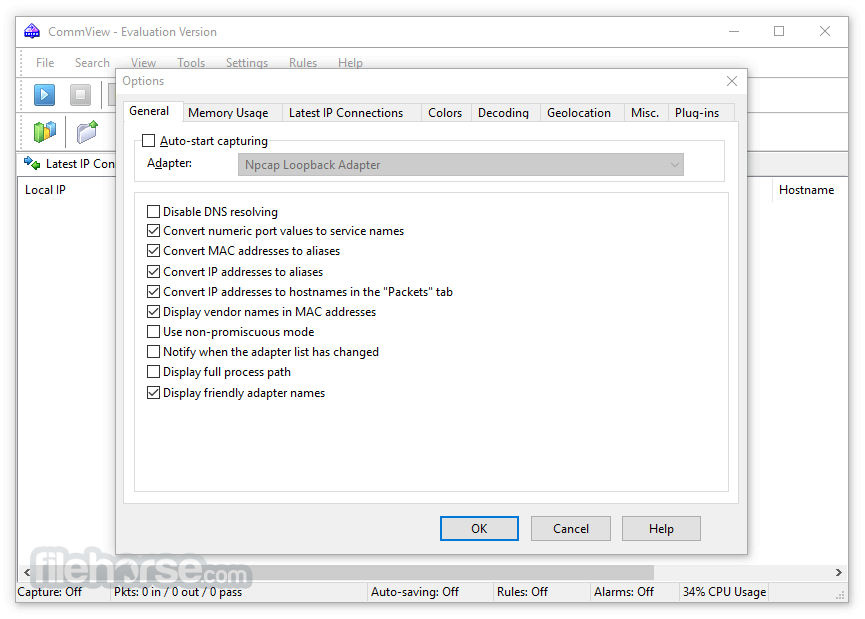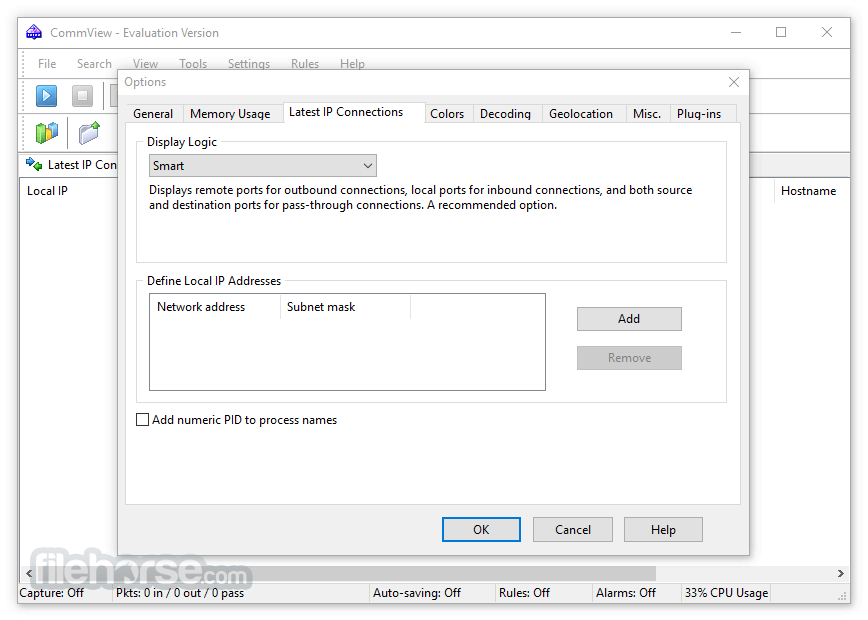

The twelve questions can be found at the bottom of the page. I’ll be going through the second part of the following CTF that has created and shared on his website. That’s what this whole blog post is about.

īecause sharing is caring, here’s a resource I use quite often for when I forget all the different fields within a Bro log file. Otherwise, you can find the package here:, along with their webpage for further details. Security Onion was my VM of choice as it already has Bro installed. This is the use case for when I’d start up my virtual machine (VM) as opposed to opening the file in Wireshark.īro is a network security monitoring (NSM) tool, which I like to think of as an advanced Intrusion Detection System something that you might deploy for traffic inspection, detecting attacks, log capturing, and event correlation. Not only this, but it makes analysing that much faster when you’re dealing with a very large network capture. However recently I was exposed to the wonders of bro-cut, a fun little function of Bro IDS (now renamed to Zeek) that allows you to segregate PCAPs into Bro logs http, dns, files, smtp and much more. You can then press play to listen to the audio in wireshark.Wireshark has always been my go-to for PCAP analysis. Right handside window you click “Play streams” The window on the left then pops up. This takes long time on large PCAP files Progress barīelow is what pops up.

You wil see the progress bar at the bottom filling up. In the window that pops up choose the new line “current” field and change from “none” to “RTP” Change to RTP Right click on any line in the trace and choose “decode as…” Right click, then choose “Decods as…” Wireshark will then only display UDP packets for that stream In the filter type “UDP.stream = 0” Filter fro UDP.Stream Zero I decode the UDP streams as RTP and then use the “RTP analyser” to play back and then export the audio as an “AU” file. The way i have been listening to these calls is by using the option in Wireshark to “decode as…” I am not saying its the best way or the quickest way. You have narrowed it down to the relevant time period by following this post and you want to listen to the audio.īut if it’s not a SIP call, this is not so easy as choosing “Telephoney/VOIP calls”. It needs updating which i will do hopefully soon. If you dont know how to capture a wireshark trace from an MBG take alook at this post. So you have your self a wireshark trace of a call with audio issues


 0 kommentar(er)
0 kommentar(er)
